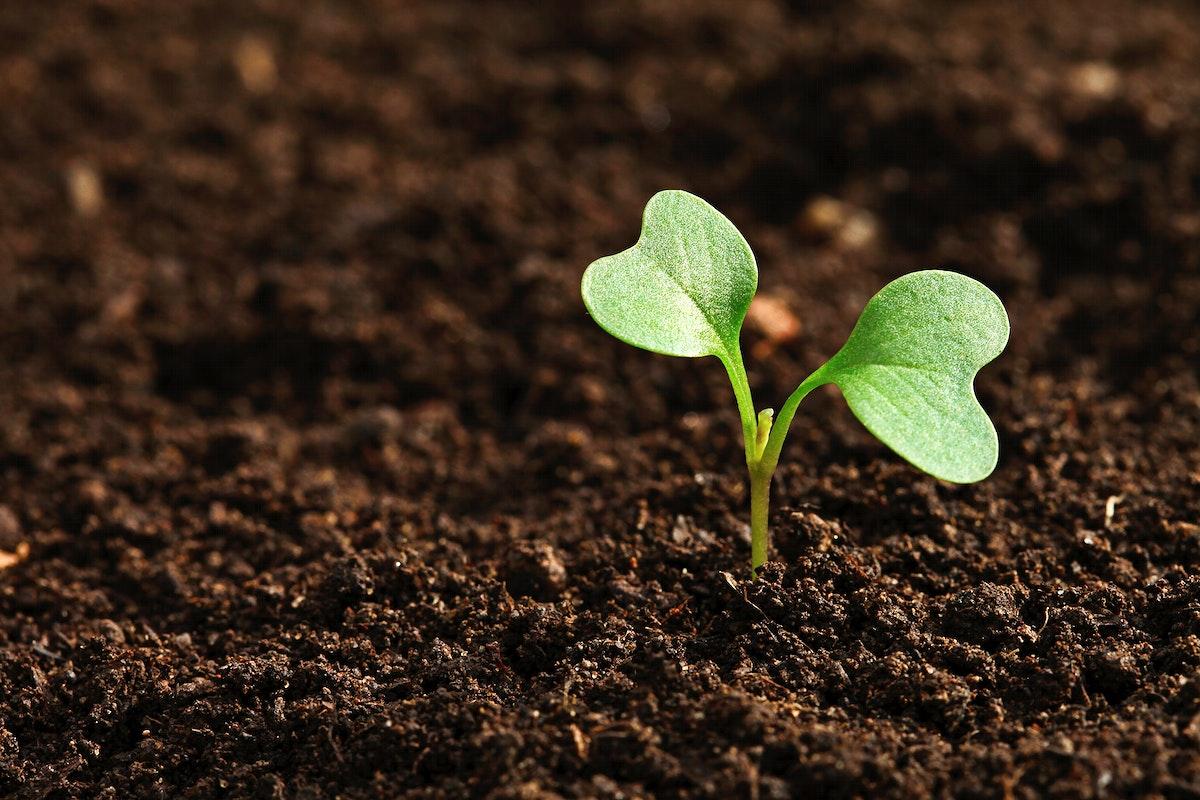
Learning How Pumpkins Grow using Coding
Just like many things we do in our lives, pumpkin growth and coding follow a pattern. Students will learn the life cycle of a pumpkin and fill in a practice page that talks about the pumpkin's life cycle.
Then there are coding (unplugged) activities to reinforce the science of the life cycle. This is a great lesson to introduce sequencing that is found in many content areas.
Lesson Plan Link/URL
https://docs.google.com/presentation/d/1U2lS2cRDpH7N-_n11vSVr2Yq7LIRK_Wz/edit?u…Subject Area
Science Life Science L1: Cells Technology 5. Computational Thinker Engineering S2: Apply the Engineering Design Process S4: Apply Science to Engineering S5: Apply Technology to Engineering English Language Arts (ELA) Reading (Literature) WritingRelated Content

This thematic unit has four lessons which will introduce students to engineering, the engineering design process, and facing challenges. Over the course of the four lessons, student will learn how to

Go through different STEM, reading, and writing activities with Roz and her friends in The Wild Robot. Students will problem solve, participate in discussions, and learn about artificial intelligence

This is lesson 2 in a series of 4 lessons about the rainforest. In jigsaw groups, students create a food web about one of the 4 layers of the rainforest on a Google Slide or Prezi. Students go back to